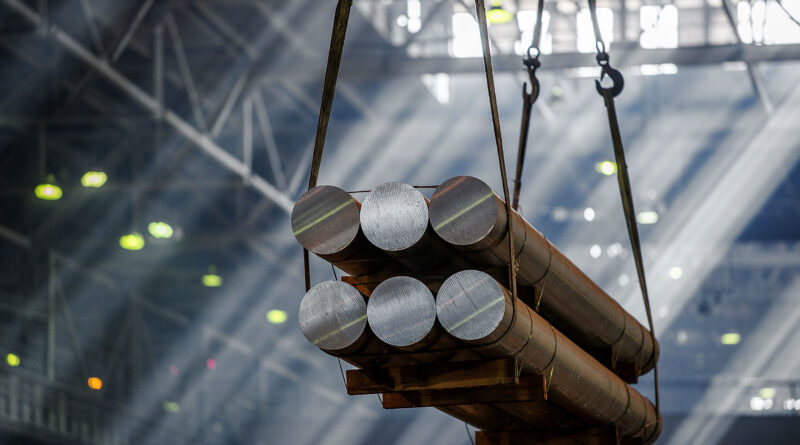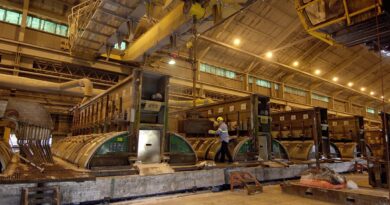Aluminium industry reports decline in greenhouse gas emissions
New data from the International Aluminium Institute (IAI) reveals that, for the first time, total greenhouse gas emissions from the global aluminium sector did not grow, even though aluminium production grew.
We are acknowledging it’s an encouraging start, but we need to speed up and scale up the easiest way to look at it. IAI Secretary General Miles Prosser
The 2022 data, the latest available, shows aluminium production grew by 3.9% from 104.1 million tonnes to 108.2 million tonnes. However, greenhouse gas emissions from the industry showed a slight decline from 1.13 giga-tonnes CO2e to 1.11 giga-tonnes CO2e, and the GHG emissions intensity of primary aluminium production (the average quantity of emissions from the production of a tonne of primary aluminium) has been declining since 2019. In 2022, intensity declined by 4.4% from 15.8 tonnes CO2e per tonne to 15.1 tonnes CO2e per tonne.
Aluminium is a key enabler to reduce emissions in other sectors – automotive, transport, building & construction, and food & drink packaging. This opportunity is met by both primary and recycled aluminium, with primary aluminium production growing from 67.1 million tonnes in 2021 to 69.0 million tonnes in 2022.
IAI Secretary General Miles Prosser said: “Our challenge is to reduce emissions while growing production. Aluminium demand is expected to grow significantly over the decades ahead, because of its role in decarbonisation economy-wide. This will tend to drive increased emissions. But at the same time, the industry is reducing the average emissions intensity of each tonne of production.
“The 2022 data shows the effectiveness of work by the aluminium industry to reduce the emissions intensity of production. While much remains to be done, 2022 was the first year that these intensity reductions offset production growth.
“The transformation needed in the industry to meet global climate targets is much bigger than the early changes we are witnessing. Emissions reductions must be deeper, faster and more widespread, but for the first time, we can talk about heading in the right direction.
“If we continue to see investment and implementation of low-carbon energy sources and GHG reduction technologies, 2021 could be the year that GHG emissions from the aluminium industry peaked.”
The last time the aluminium industry’s GHG emissions did not grow was in 2009, resulting from the global financial crisis. However, that coincided with a decline in production.
The recent trend is a result of significant investment by the industry in research, development and implementation of new technologies, innovative techniques, and changes in energy supply. The IAI has tracked more than 50 projects across the global industry that are contributing to this trend – in all the major production regions and addressing all the required technology pathways.
Of particular note are changes in the electricity supply used in aluminium smelting, the most significant component of the aluminium industry’s GHG emissions. A shift towards more hydropower by China, the world’s largest aluminium producer, and increased use of renewable electricity in other regions, including the Middle East and Australia, contribute to the observed decoupling. Investments are also occurring in other key emission reduction technologies, including fuel switching in alumina refining and increased aluminium recycling rates and efficiency.




